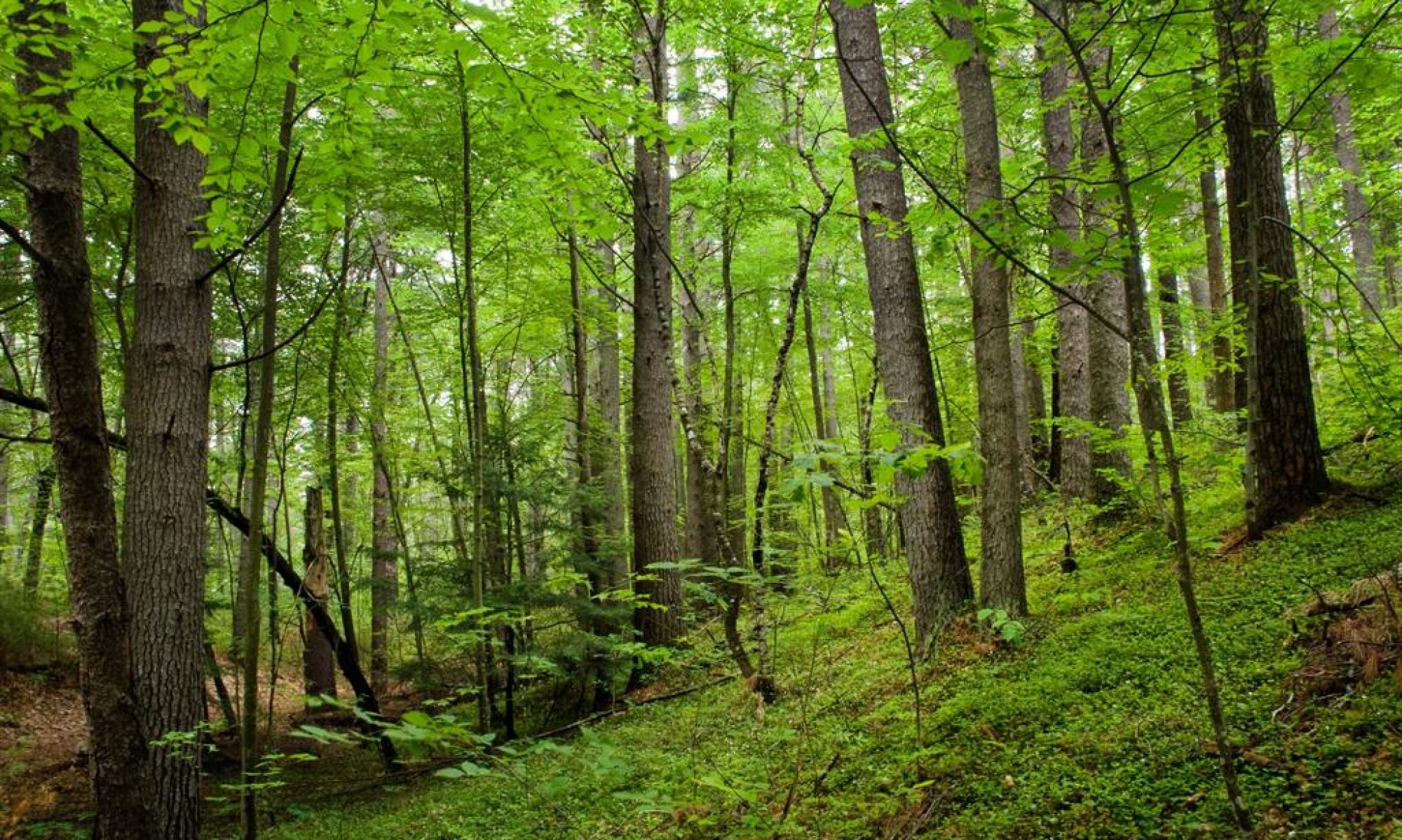| Alternative Investments | A place or instrument in which to invest money other than the investment being analyzed. |
| Basal Area | The cross sectional area of a tree at DBH. When expressed in terms of basal area per acre, it is a measure of the density of trees which takes into account both their number and their size. |
| Board Feet | An expression of volume equivalent to a 1”x12”x12” piece of wood. |
| Chip-n-Saw | 10”-12” DBH pine trees used for the manufacture of 2×4, 2×6, 4×4, and 4×6 lumber. |
| Compounding Rate | Similar to a discount rate except used to project values forward in time. |
| Cords | An expression of volume equivalent to a 4’x4’x8’ stack of wood.
1 cord = 128 cu ft. wood + air = 83 cu ft. of wood. |
| Cost of Capital | The cost paid by a borrower to borrow money. I.e. a loan rate. |
| DBH | Diameter at Breast Height. The diameter of a tree at 4.5’ above ground |
| Discount Rate | A percentage rate used to discount future cash flows to the present in order to account for the Time Value of Money. Often established by considering the rate of return of alternative investments or the cost of capital. |
| IRR | Internal Rate of Return. The discount rate at which NPV = 0. Often the IRR is a measure which can be used as a comparison to alternative investments such as equities, cd’s, bonds, etc. If an investment is leveraged, the cost of capital must be deducted from the IRR to reflect the profitability of the investment. |
| Leveraged Investment | An investment where money was borrowed to make the investment possible. I.e. a loan was obtained to purchase the land or to pay for cultural treatments. |
| Nominal rate of return | IRR’s/discount rates/compounding rates which include inflation.
For example. A 6.5% nominal rate = 5% real rate + 1.5% inflation |
| NPV | Net Present Value. The value of a series of cash flows discounted or compounded to the present at a specified rate. When NPV is positive, the investment is profitable. |
| Ply logs | Trees of sufficient size and quality to be peeled to produce veneers for the manufacturing of plywood. |
| Pulpwood | Forest Product used in the manufacture of pulp and paper. Usually smaller diameter or low quality pine or hardwood. |
| QMD | Quadratic Mean Diameter. The dbh of a tree of average basal area. Usually slightly different than the average of all diameters in the stand. It weights the importance of larger trees in the stand. |
| Real rate of return | IRR’s/discount rates/compounding rates which are net of inflation. For example. A 5% real rate = 6.5% nominal rate – 1.5% inflation |
| Saw timber | Trees of sufficient size and quality to be sawn into lumber. |
| Site Index | A measure of site productivity expressed as the height of a given species of tree at a specified age. Usually 25 years for plantations and 50 years for natural stands. |
| Stand | A delineated portion of a tract which is usually homogeneous in species composition, age, structure, and management approach. |
| Stumpage | The value of a tree standing in the woods. Usually expressed in units of volume or tons. |
| Ties | Hardwood logs used in the manufacturing of cross ties for railroads. |
| Time Value of Money | The concept that a dollar today is worth more than a dollar a year from now. This gives rise to the application of discount rates and compounding. |
| Ton | 2000 pounds. A unit of weight measurement of wood. |
| Tract | A management unit composed of one or multiple stands. Typically delineated on the basis of ownership or legal boundaries. |
| Volume | A three dimensional expression of the amount of wood present in a tree, stand of trees, or on a tract of land. |

Professional Forestry Management and Wildlife Consultants